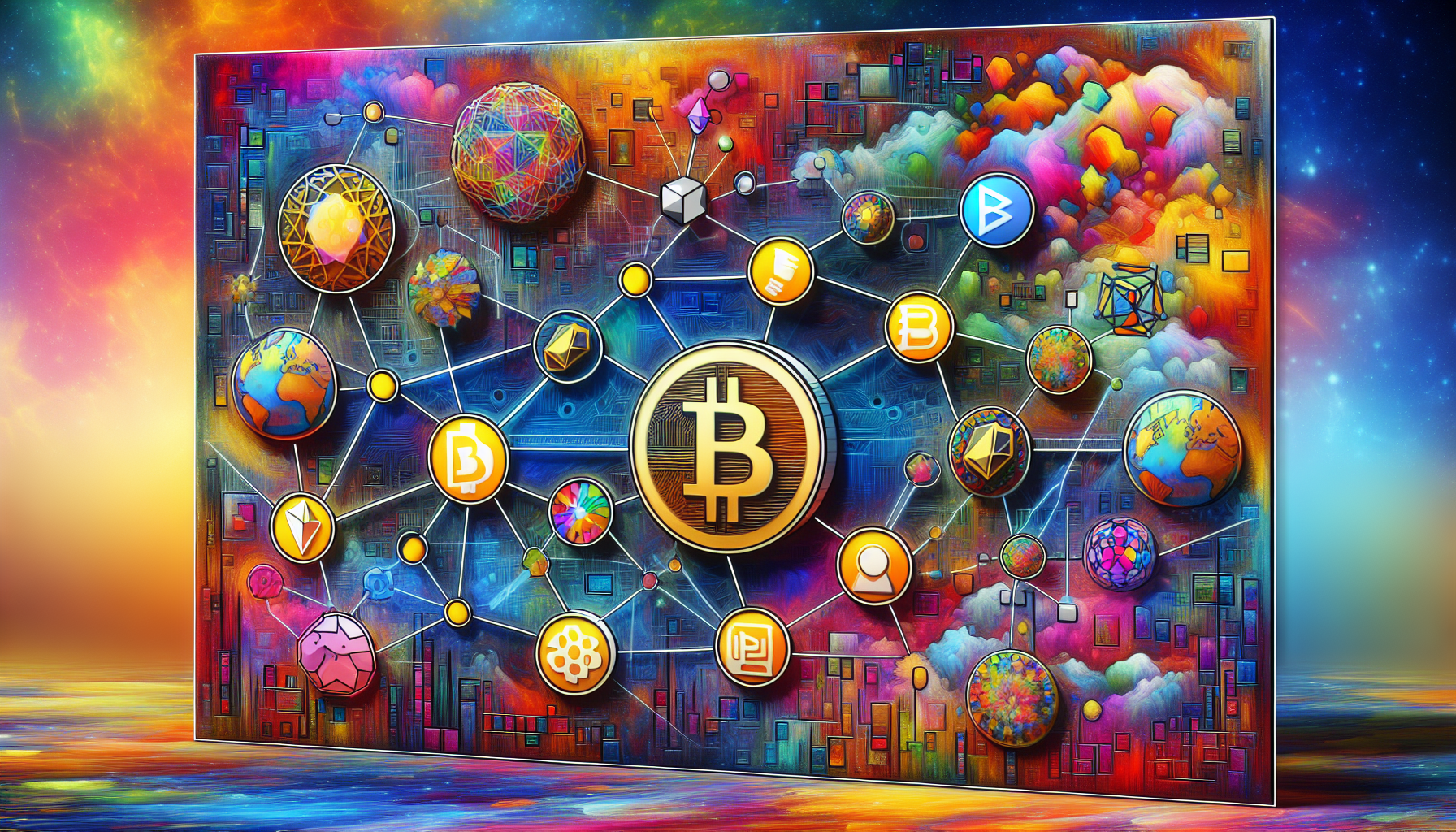Introduction: The Rise of Crypto Art
In recent years, the digital landscape has transformed dramatically, with crypto art emerging as a fascinating new frontier. According to recent studies, the NFT (Non-Fungible Token) market was valued at approximately $10.7 billion in 2021, showcasing the growing interest in digital collectibles. But what exactly is crypto art, and how does it fit into the broader blockchain technology ecosystem?
What is Crypto Art?
Crypto art refers to digital artworks that have been tokenized using blockchain technology. Each piece of art is represented as a unique digital asset on the blockchain, offering proof of ownership and authenticity. This system eliminates the risk of forgery and duplicity, making crypto art a revolutionary addition to the digital marketplace.
The Role of NFTs in Crypto Art
Most crypto art is bought and sold as NFTs. These digital certificates are created through smart contracts on various blockchains like Ethereum. This connection between art and technology allows creators to monetize their work and collectors to possess verifiable and sortable ownership.

How Does Crypto Art Work?
Using a two-step process, artists can create and sell their digital art effectively:
- Creation: Artists can create digital images, animations, music, or even 3D models. Once created, they can mint these pieces as NFTs on various marketplaces.
- Sale: After minting, artists can list their NFTs for sale. Buyers can bid or purchase directly, allowing artists to earn revenue from their work.
Platforms for Buying and Selling Crypto Art
Various platforms facilitate the trading of crypto art, such as OpenSea, Rarible, and Foundation. Each platform comes with its own unique features, community, and fees. Understanding these differences is crucial for artists and buyers alike.
Benefits and Challenges of Crypto Art
While the crypto art market presents numerous benefits such as democratization of art ownership and new income streams for artists, it also comes with certain challenges:
- Benefits:
- Increased exposure for artists.
- Protects creators’ rights.
- Opens up a new digital market.
- Challenges:
- Market volatility can affect prices.
- Environmental concerns related to blockchain transactions.
- Complexity for new entrants.
Conclusion: The Future of Crypto Art
Crypto art stands at the intersection of technology and creativity, offering unique opportunities in the digital economy. As more people enter this vibrant market, understanding the principles of creating and selling NFTs will become increasingly essential. If you’re looking to dive into the world of virtual art, now is the perfect time! Explore platforms and start minting your own creations today.
To learn more about the future of digital currencies and investments, visit our investment guide.
Disclaimer: This article does not constitute financial advice. Always consult with local financial advisors before making any investment decisions.
Author: Jane Doe, a blockchain specialist with over 15 published papers in digital currencies and a contributor to major crypto auditing projects.


